Silvie Lubenova creates fearlessly, across genres and time. Looking at her work, one might get the feeling that she is traveling back in time, but her artistic vision serves the future. And how is all this possible? Get to know this Bohemian artist through our interview!
You are an illustrator and a ceramist by profession, and by combining the two you have created the brand Maestrokatastrof, where you translate your visual world onto porcelain. I also understand that you are a trained restorer. What do these genres mean to you? How do you define yourself?
I think I’ve always loved antiques, old medical books, and instruments, photographs of bygone eras, curiosities, illustrations or graphics where animals dressed in coats are given human features. I was inexhaustibly interested in this visual world, in symbols and iconography.
I had a wide range of interests since childhood, and then things changed in college: I switched the product atelier to illustration. This somehow was more in line with my love and passion for traditions, bazaars, and antiques, and it settled down there for a while.
Then came the merging of the two areas and working with old, unwanted porcelain pieces led me to repair and restoration.
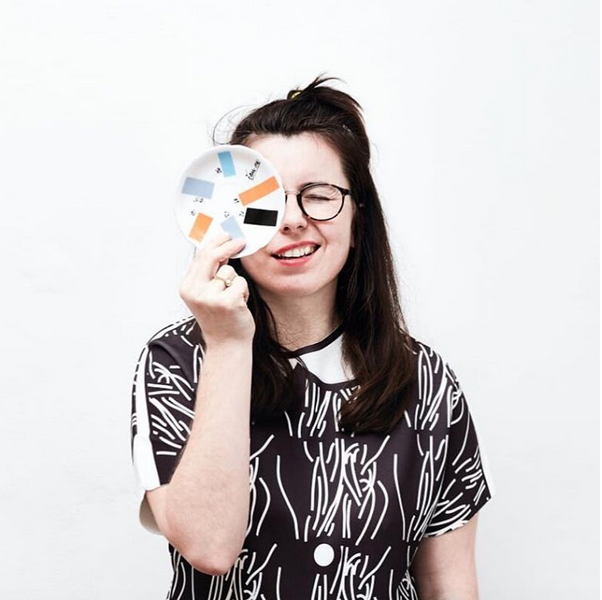
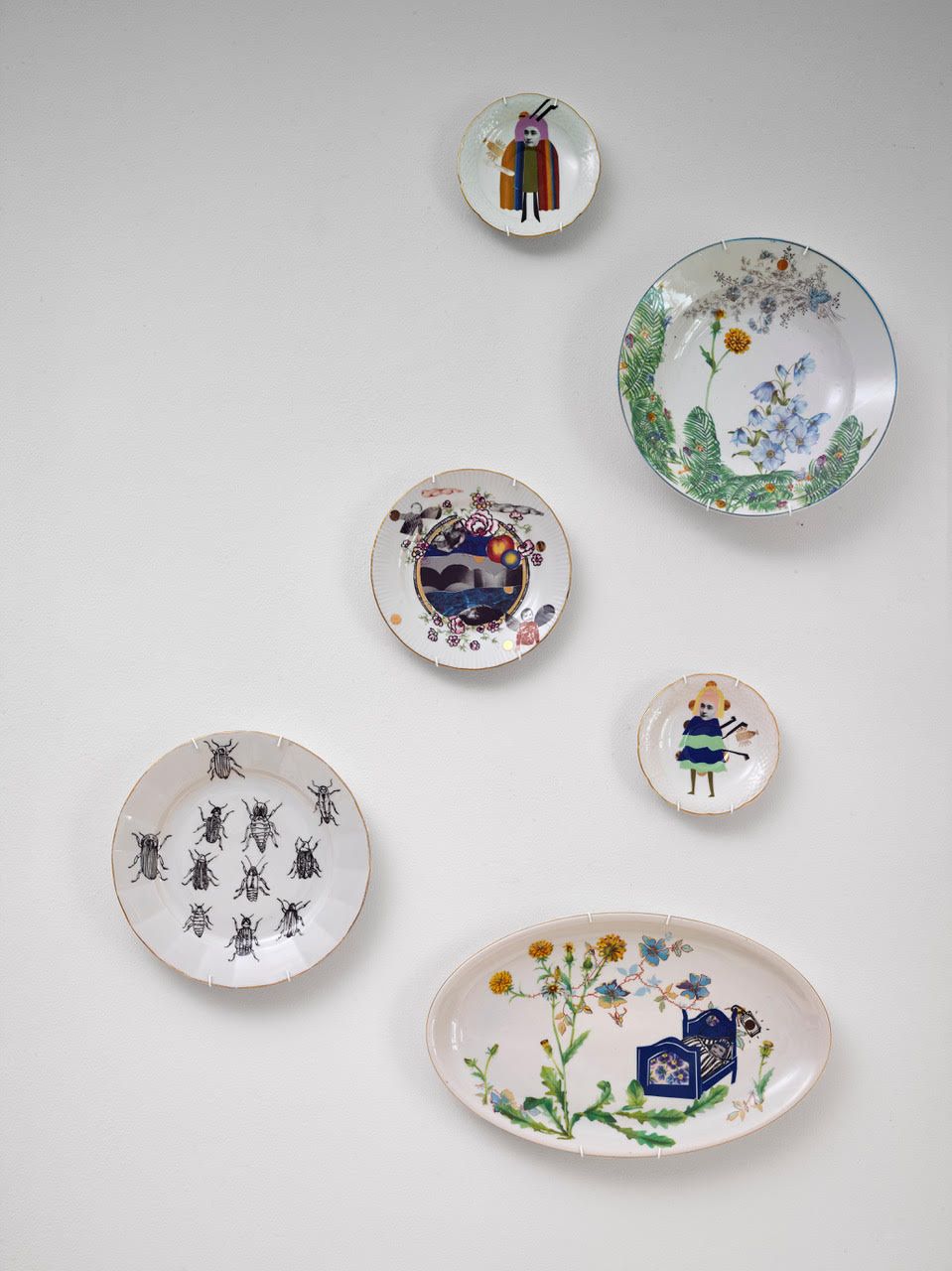

Porcelain is your canvas. What are the pros and cons of this?
Porcelain is a terrible material. Beautiful, noble, but a monster. This is true even in my case when I’m super elegantly staying out of the manufacturing process. Some old pieces technologically can’t take another firing. And so it’s always a surprise until they open the kiln... This is probably the only drawback besides expensive tools and some production processes.
But it’s a huge thing for me to have managed to bring the great tradition of large porcelain plates back into play, and put them on the wall. It’s an iconic piece that families can be proud of and thus become part of their heritage again. That was one of my goals.
Together with jewelry designer Adéla Fejtková, you have created a heartwarming project called Live Longer. Can you tell us about it?
We started the Live Longer project because we were working independently at the same time in similar ways. I worked with ceramics and porcelain, mainly using the Kintsugi technique (the Japanese art of broken ceramics that does not try to hide the repair but treats it as part of the creation—the Ed.) and Adela, being a jeweler, worked with metalwork and various jewelry techniques. We learned wire work, gilding, we even found a great basket maker. Above all, our efforts and work feel worthwhile and that gives us the greatest satisfaction at the end of the day.
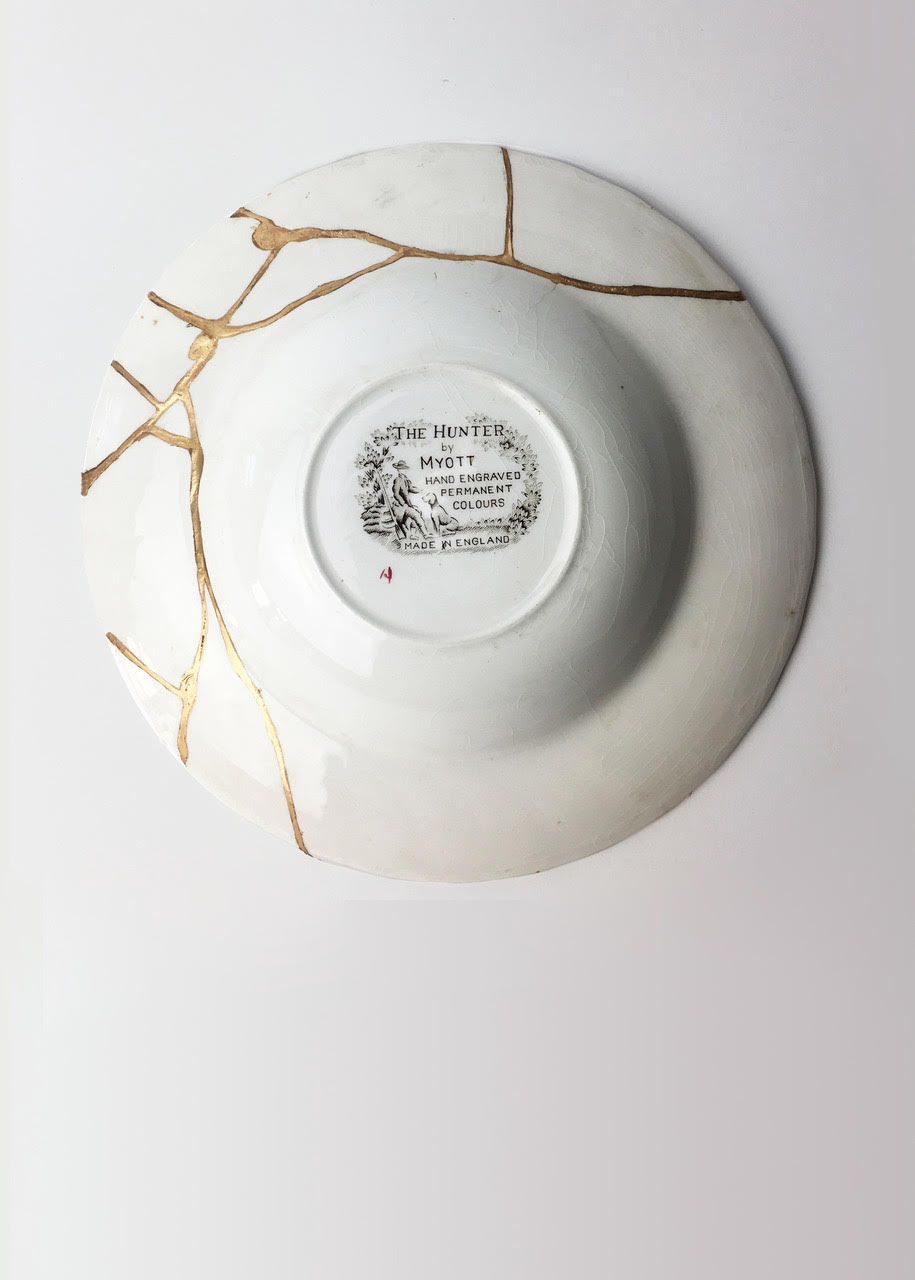

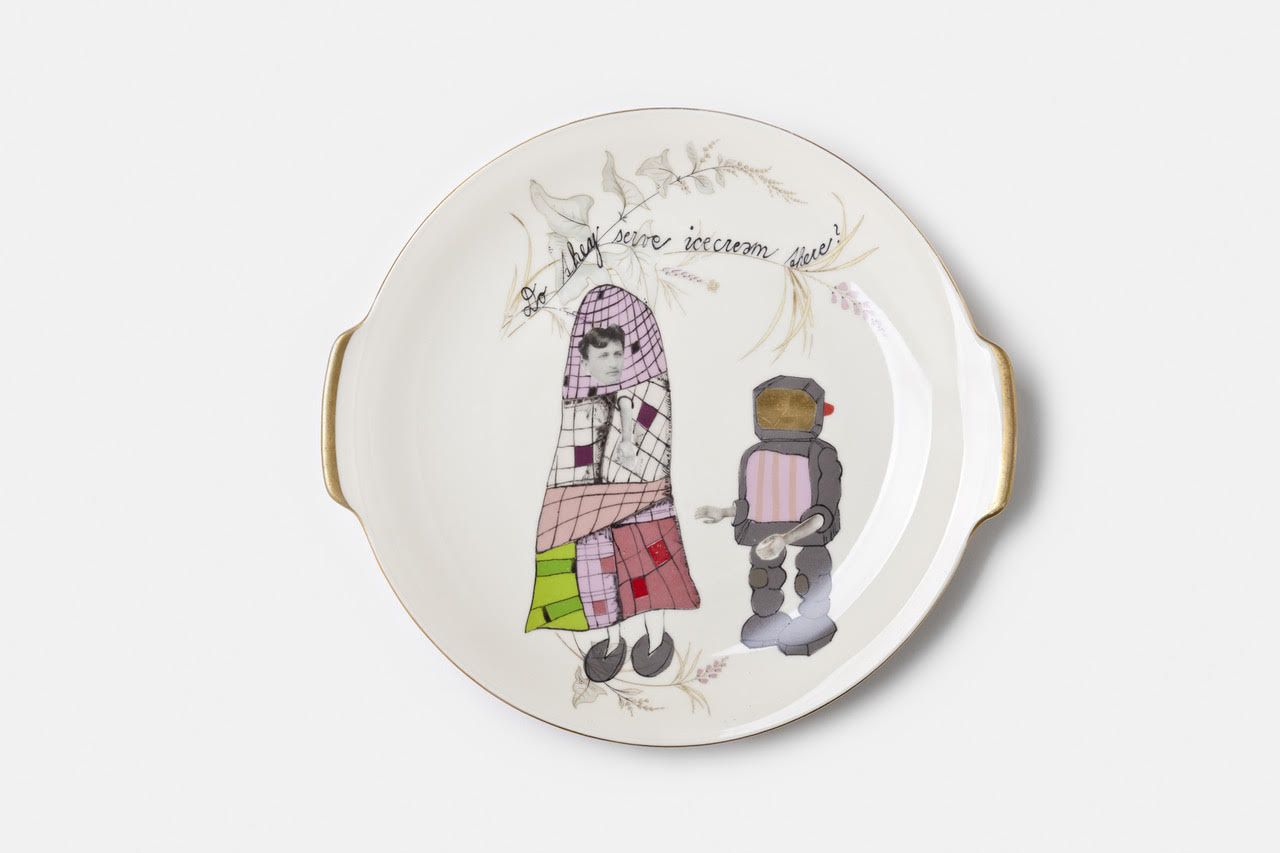

Your goal, at least to me, seems clear: to promote sustainability and preserve timeless pieces. But what did you personally get out of this project that you would never have thought of?
For example that shards of people’s plates, figurines, or jugs sit in a box at home for three years and then they ask to have them repaired within a month. It’s cute. And I shouldn’t joke about it, because some people’s shards stay with us for more than a year! Yeah, some work needs the right timing.
I’m genuinely surprised at how many people actually want to get a piece repaired. I thought it was going to be more of a game for me and Adéla, but it’s actually a sustainable business which is great.
How would you describe your work as a creator in a few words?
Letting the old be new again.
Or better yet, the ability to leave learned crafts and practices, turn them inside out and try to work with them, and look at them as if I never knew anything.
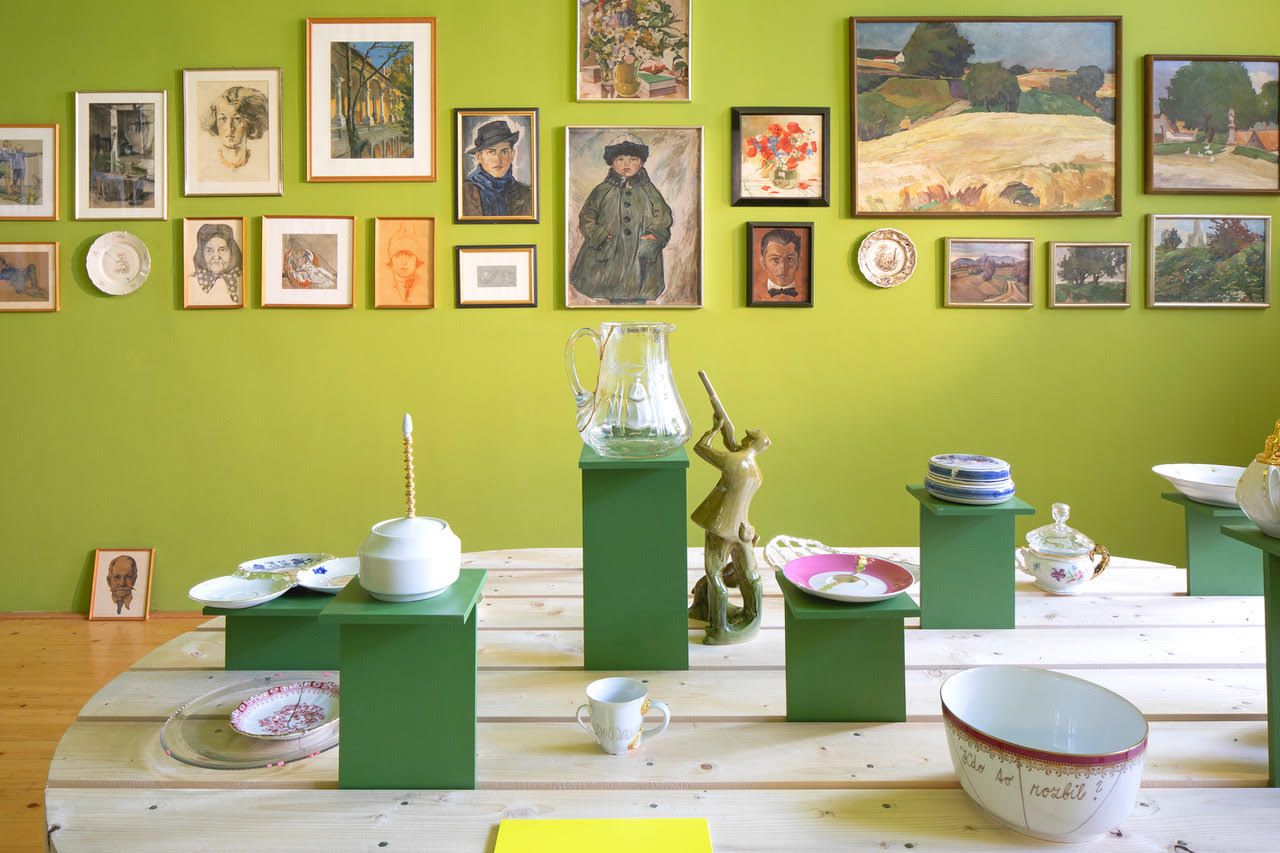

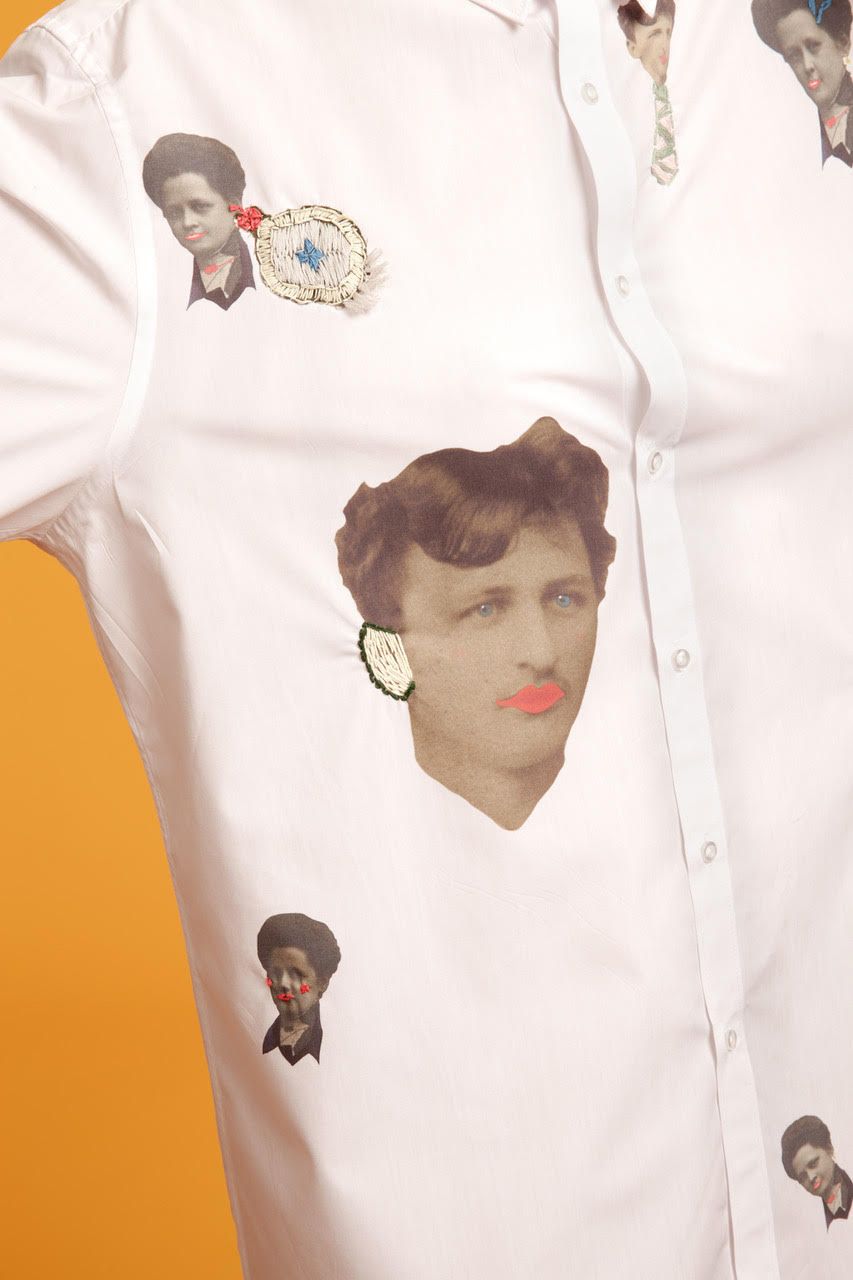
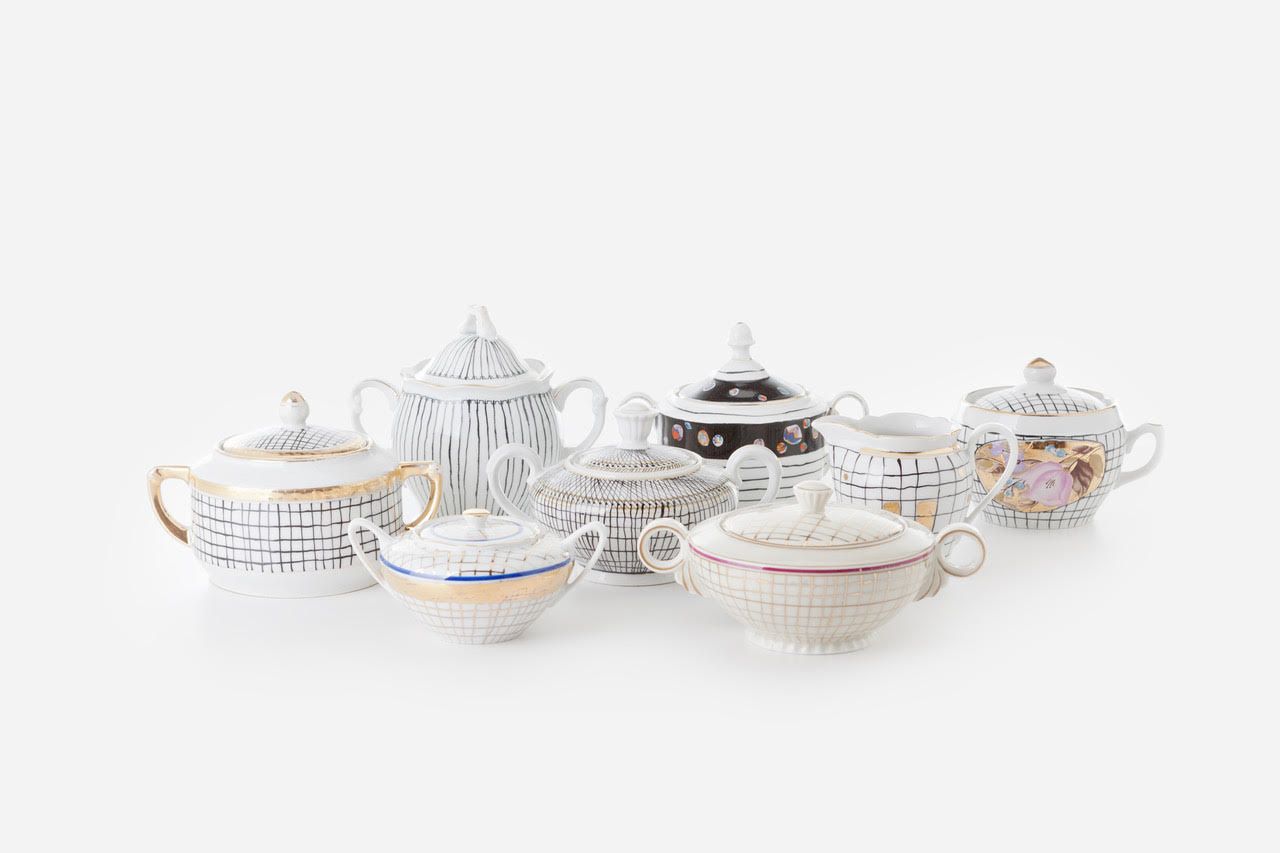
How do you currently see the future of porcelain? Can we say that it is enjoying a renaissance right now?
I hope the future of porcelain will be great and bright. It is still a noble material with a great history. However, in Bohemia, we rode the wave of being the so-called porcelain superpower for a very long time, but we are no longer one. Other markets and countries have overtaken us and our porcelain factories have not been able to compete with production, the market, and satisfy the demand. They collapsed and people who were great names in their field disappeared.
But a new generation is arriving on the scene. The time has come. The factories as we know them are no longer in operation, so all the interesting things are now happening in smaller, possibly specialized factories. A few have already made it to the top.
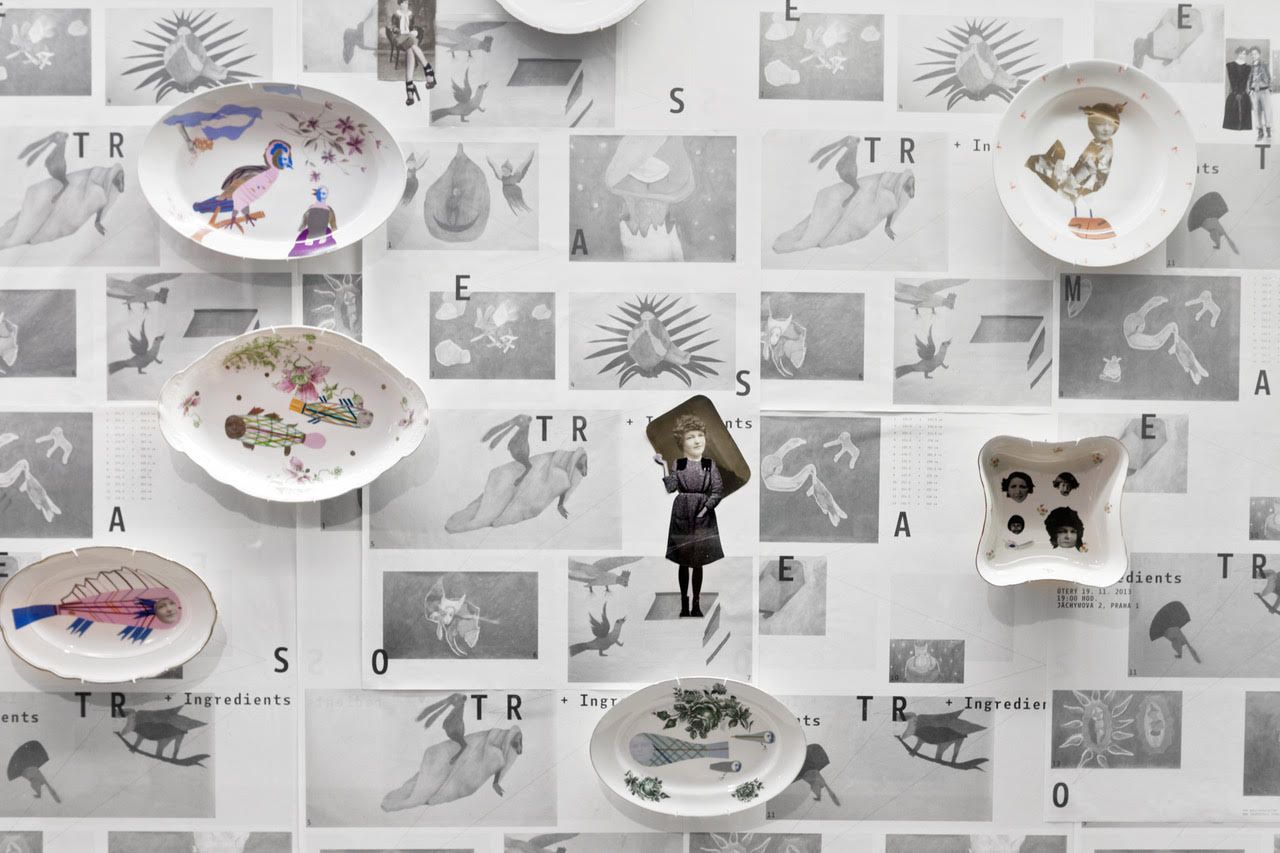

Is the European integration process moving anywhere?

Europe's strongest army is born










